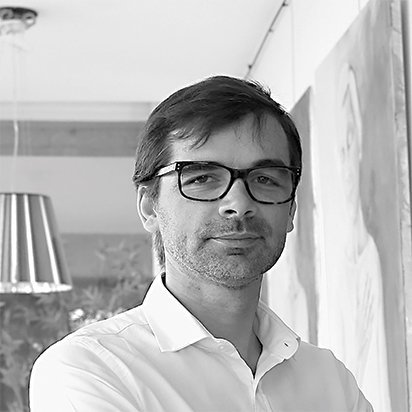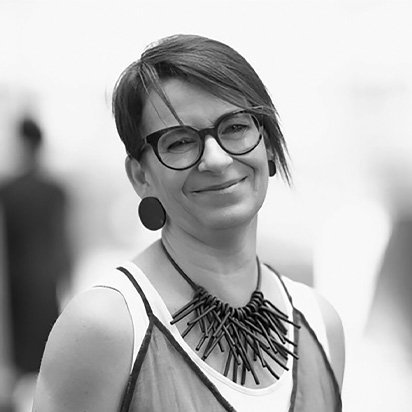
The unsustainability of the lightness of being
José Carlos Nunes de Oliveira
Sustainability in the fashion industry
Marita Setas Ferro
Manager & Creative Director of Marita Moreno

When we talk about sustainable fashion, we talk about avoiding the depletion of natural resources, but also the exploitation of individuals and communities. It means finding a balance when designing, manufacturing and consuming clothes, footwear and other products connected to the fashion industry. It means that fashion has to maintain this balance in the future by creating a long-term approach and strategy for the production and consumption of fashion products. What’s important is ensuring that harm is avoided and good created for people, the planet and animals. This is why we often talk about "ethical and sustainable fashion”, as ethical fashion focuses more on the social impact of the fashion industry and what is "morally right”, covering a wide range of issues such as decent wages, working conditions, tax and social contributions. In parallel, the ethical dimensions of catastrophic environmental challenges, such as the impact of climate change or the destruction of fresh water sources on humans and animals, cannot be ignored.
In order to change, we have to contemplate the fashion industry with the principles of Eco Design and Sustainable Design. Eco Design means producing goods and services that meet consumer needs, using the minimum levels of resources and having a minimum impact on the environment and society, designing or redesigning products, services, processes or systems that avoid damage to the environment, society and the economy. In design for sustainability we have to consider the impact of a product or service on people and the environment through production, use and waste. And the key to achieving a sustainable future is to find a way to satisfy contemporary lifestyles in a more constructive and responsible way, taking into account economic, environmental and social values in production, the life cycle of products and the choice of materials. The aim is to integrate ecological and sustainable awareness into design practice, as designers play a key role in the evolution of these practices, as they make vitally important decisions regarding materials and the manufacture of consumer goods.
In order to change, we have to contemplate the fashion industry with the principles of Eco Design and Sustainable Design. Eco Design means producing goods and services that meet consumer needs, using the minimum levels of resources and having a minimum impact on the environment and society, designing or redesigning products, services, processes or systems that avoid damage to the environment, society and the economy. In design for sustainability we have to consider the impact of a product or service on people and the environment through production, use and waste. And the key to achieving a sustainable future is to find a way to satisfy contemporary lifestyles in a more constructive and responsible way, taking into account economic, environmental and social values in production, the life cycle of products and the choice of materials. The aim is to integrate ecological and sustainable awareness into design practice, as designers play a key role in the evolution of these practices, as they make vitally important decisions regarding materials and the manufacture of consumer goods.
